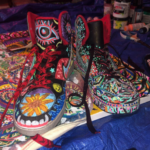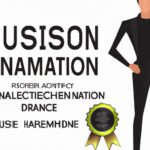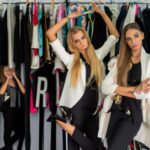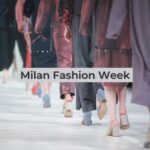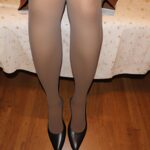Why Milan Leads in Luxurious Textiles: Merino Wool, Leather, and Italy's Fashion Edge
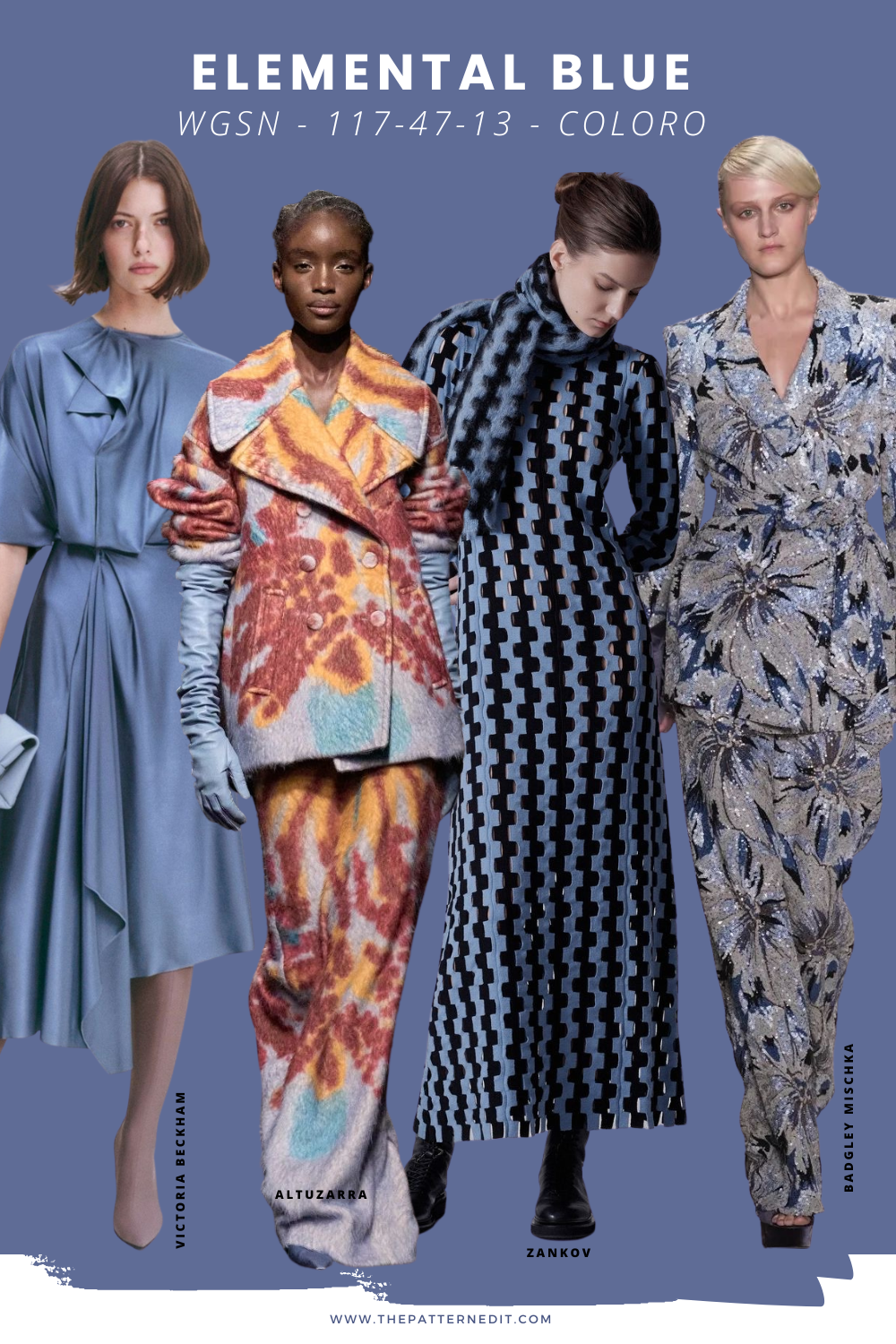
Milan: The Fashion Capital Synonymous with Luxurious Wool and Leather
Milan is widely recognized as a global fashion capital with deep industrial roots in textiles and leather-anchored by Italy’s long-standing leadership in premium wool processing and world-class tanneries that supply luxury houses. Designers and buyers often look to Italy for refined Merino worsteds, cashmere blends, and artisanal leather goods because of the country’s integrated supply chains, craftsmanship, and quality standards supported by industry bodies focused on wool innovation and traceability.
[1]
Understanding Merino Wool: What Makes It Luxurious
Merino wool comes from Merino sheep and is prized for its fine fiber diameter, natural breathability, temperature regulation, odor resistance, and drape-qualities that make it a staple in luxury suiting and knitwear. Its production involves shearing, cleaning and carding, spinning, then weaving or knitting, followed by dyeing and finishing. These steps influence softness, pilling resistance, and the final hand-feel buyers associate with Italian mills and Milan-runway garments.
[2]
In high-end fashion, Merino also benefits from research and certifications that support quality and performance. Industry organizations highlight Merino’s versatility for luxury apparel, emphasizing properties such as elasticity, wrinkle resistance, and durability that designers rely on for premium tailoring and knitwear collections.
[1]
Why Milan Specifically?
Milan sits at the center of Italy’s luxury ecosystem-connecting buyers to heritage mills, tanneries, patternmakers, and ateliers. While raw Merino is largely grown in the Southern Hemisphere, Italy’s value-add lies in spinning, weaving, finishing, and garment-making. The city’s fashion weeks, trade fairs, and brand headquarters streamline sourcing and collaboration with technical partners, helping brands translate fine fibers and hides into market-ready luxury products. Designers frequently leverage Italy’s know-how to develop traceable Merino programs and premium leathers that meet the exacting standards of luxury retail.
[1]
Actionable Guide: How to Source Premium Merino Wool and Leather via Milan
Step 1: Define Specifications
Begin with a clear technical brief. For Merino, specify intended use (suiting, knitwear, active), micron range (e.g., ultrafine ~15-17.5µ for luxury next-to-skin), fabric weight (gsm), weave/knit type, and finish. For leather, define species (calf, lamb), tanning type (vegetable vs. chrome), thickness, temper (soft/firm), finish (aniline, semi-aniline), and performance needs (colorfastness, abrasion). This clarity expedites mill and tannery matchmaking and quote accuracy.
[2]
Step 2: Vet Fiber and Process Credibility
Ask for documentation that may include wool origin details, micron certificates, composition test reports, and process standards. Industry leaders stress wool quality and traceability; you can request proof of supply-chain integrity and finishing methods that preserve Merino’s performance (e.g., shrink-resistance approach, machine-washable treatments when applicable). When sustainability is a priority, consider recycled wool blends and third-party standards recognized by reputable organizations.
[1]
[3]
Step 3: Request Swatches and Lab Dips
Ask for swatches in several weights and finishes, and for leather, request multiple hides to compare yield and defect rates. Evaluate hand-feel, recovery, pilling resistance, and visual consistency. For wool fabrics, test for comfort across temperatures and check drape on a dress form. For leather, test stretch, tear strength on sample seams, and rub fastness using simple in-house checks before commissioning formal tests.
[2]
Step 4: Place a Sample Order and Run Wear-Tests
Develop prototype garments to assess real-world performance-crease recovery in suiting, seam strength in leather outerwear, and laundering behavior for knitwear. Many brands incorporate Merino for odor resistance and thermoregulation, which can reduce wash frequency and extend garment life in consumer use, supporting luxury positioning and longevity.
[1]
Step 5: Negotiate MOQs, Lead Times, and QC
Luxury mills and tanneries often set minimum order quantities (MOQs) aligned to dye-lot sizes or drum capacities. Negotiate realistic lead times that include yarn spinning, weaving/knitting, dyeing, finishing, and transit. Implement a QC plan: pre-production samples, inline checks, and final inspections with clear tolerances (gsm, shade delta, shrinkage, hide grading). This reduces risk of costly rework.
Sustainability and Certification Considerations
Merino wool is renewable and biodegradable, and recycled wool can reduce resource pressures compared with virgin inputs. Many responsible brands pursue traceable supply chains and regenerative or certified sources to mitigate land-use and animal-welfare impacts. If sustainability is central to your positioning, consider piloting capsules with recycled or responsibly sourced Merino, and document impacts for marketing claims that meet substantiation standards.
[3]
Industry authorities emphasize wool’s natural performance benefits-breathability, odor resistance, elasticity-which can extend wear intervals and product lifespan, potentially improving use-phase sustainability. Communicate care guidance that supports these benefits, such as reduced washing and appropriate storage.
[1]
Case Examples and Practical Alternatives
Brands building plastic-free or low-synthetic collections increasingly integrate Merino as a technical alternative to polyester fleece and blends. Such companies may source certified wools and manufacture within established garment districts to ensure quality and oversight. While exact sourcing partners vary, their practices illustrate viable pathways for small and growing labels to participate in Italy-centric supply chains while upholding rigorous materials standards and localized production models.
[4]

Source: ediytanitansy.pages.dev
If you cannot secure Italian capacity during peak season, consider phased development: start with smaller-run fabrics that match your target specs, validate fits and finishing, then transition to Italian mills as volume grows. For leather, you can pilot with limited runs in compatible EU tanneries before locking annual forecasts with your preferred Italian partner.
Quality Pitfalls and How to Avoid Them
Common issues include specifying ultrafine Merino for hard-wearing outerwear without reinforcement, leading to early abrasion; over-finishing that compromises fiber resilience; and insufficient colorfastness testing on leather resulting in crocking. Mitigate these by aligning fiber micron and fabric structure to end-use, choosing balanced finishing chemistries, and running standardized tests before bulk orders. Where machine-washability claims are made, confirm treatment type and durability over cycles.

Source: calvinqasim.pages.dev
Step-by-Step: Engaging Italy’s Luxury Supply Chain via Milan
- Prepare a tech pack. Include fiber specs, target micron, gsm, construction, finish, and testing standards (e.g., pilling, colorfastness).
- Shortlist partners. You can identify Italian mills and tanneries through recognized trade fairs, established industry directories, and professional networks. When uncertain about official websites, use targeted searches for mill/tannery names plus “Italy,” “Milan,” and “wool” or “leather,” and verify contact details by cross-referencing multiple sources.
- Request NDAs and sample yardage. Protect designs while enabling practical testing.
- Run prototypes and wearer trials. Evaluate comfort, durability, and care behavior over several weeks.
- Finalize commercial terms. Align MOQs, pricing ranges, and lead times, using qualifying language in agreements for variable inputs.
- Implement QC checkpoints. Pre-production approval, mid-run checks, and final inspection with acceptance criteria.
- Plan launch and replenishment. Coordinate with Milan fashion week calendars and production windows to ensure timely delivery.
FAQs
Q: Is Milan the only capital associated with luxury textiles?
A: No. Paris, London, and New York are also fashion capitals, but Italy-through Milan-has a particular reputation for leather craftsmanship and fine wool processing, making it a go-to hub for buyers seeking these materials. For Merino specifically, industry authorities often highlight the fiber’s primacy in luxury apparel, with Italy playing a central role in transforming the raw fiber into high-end textiles.
[1]
Q: Where is Merino wool grown?
A: Merino sheep are predominantly raised in the Southern Hemisphere, notably Australia. The global wool authority underscores Australian Merino’s status as a premier ingredient in luxury apparel, which is then frequently processed and crafted by European-especially Italian-mills and fashion houses.
[1]
Q: How is Merino wool made into fabric?
A: The major stages are shearing, cleaning and carding, spinning, weaving or knitting, and dyeing/finishing-each affecting softness, durability, and performance.
[2]
How to Proceed If You Can’t Verify a Supplier Website
If you are uncertain about any supplier URL, avoid clicking or committing. Instead, you can: (1) search for the company name plus “Italy wool mill” or “Italy tannery” and cross-check addresses with multiple sources; (2) request a video call, tax ID, and trade references; (3) verify participation in recognized trade fairs or industry groups; and (4) begin with a small, insured sample order. This approach reduces risk while maintaining momentum toward sourcing premium Merino and leather in Milan’s ecosystem.
Key Takeaway
For luxurious textiles-particularly Merino wool and high-grade leather-Milan stands out as the most practical and influential gateway. By defining specifications, vetting traceability, sampling rigorously, and leveraging Italy’s integrated ecosystem, brands can build elevated products that meet luxury standards in performance, aesthetics, and responsibility.
[1]
[2]
[3]
[4]
References
[1] The Woolmark Company via Google Arts & Culture (2024). Merino wool: heritage and innovation.
[2] Sewport (2025). What is Merino Wool Fabric: Properties, how it’s made.
[3] Impactful Ninja (2024). Sustainable Merino wool overview and brands.
[4] No Kill Magazine (2024). Case example: Merino-based, plastic-free apparel.

